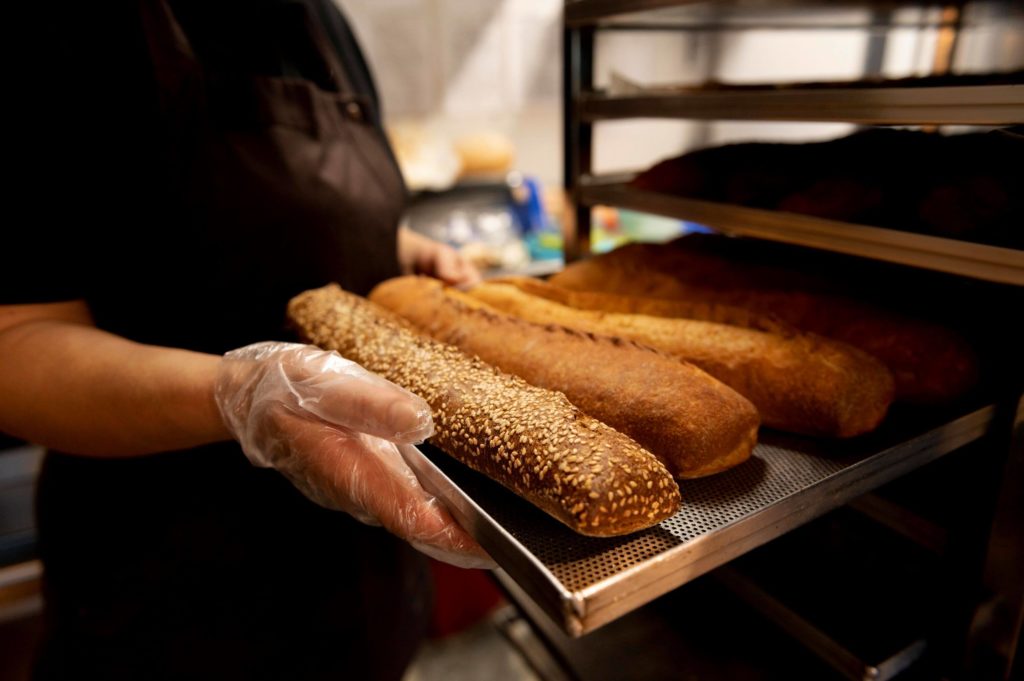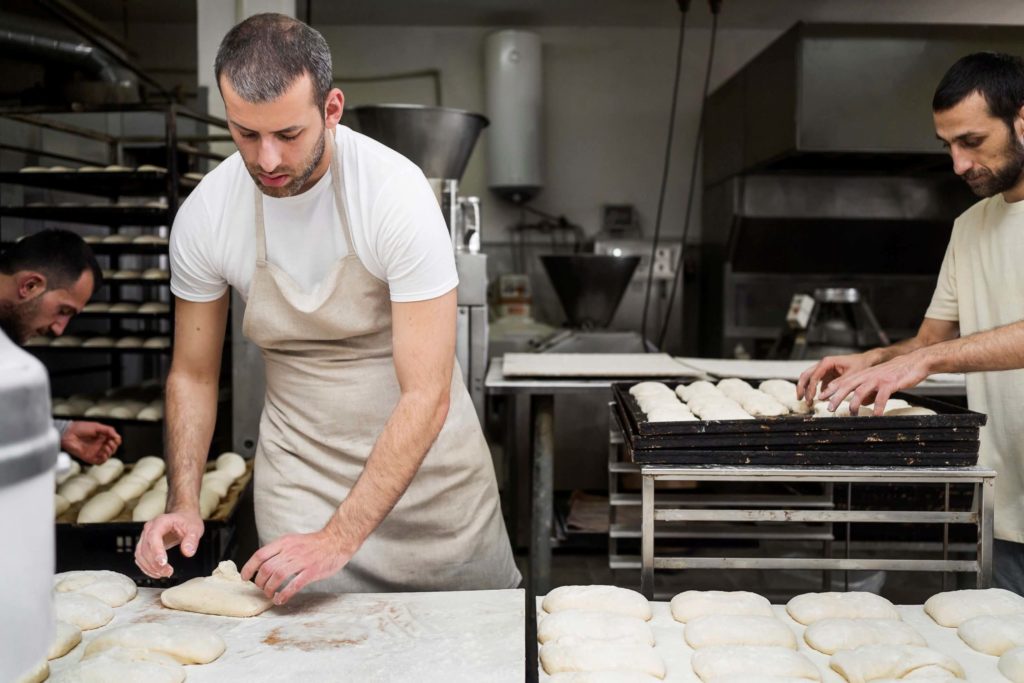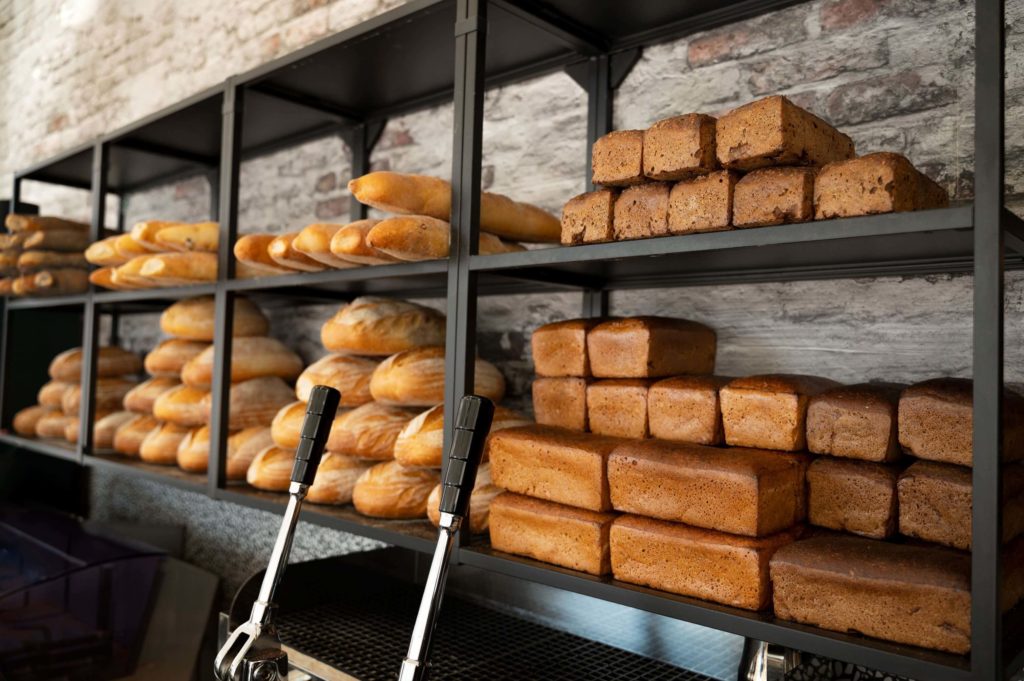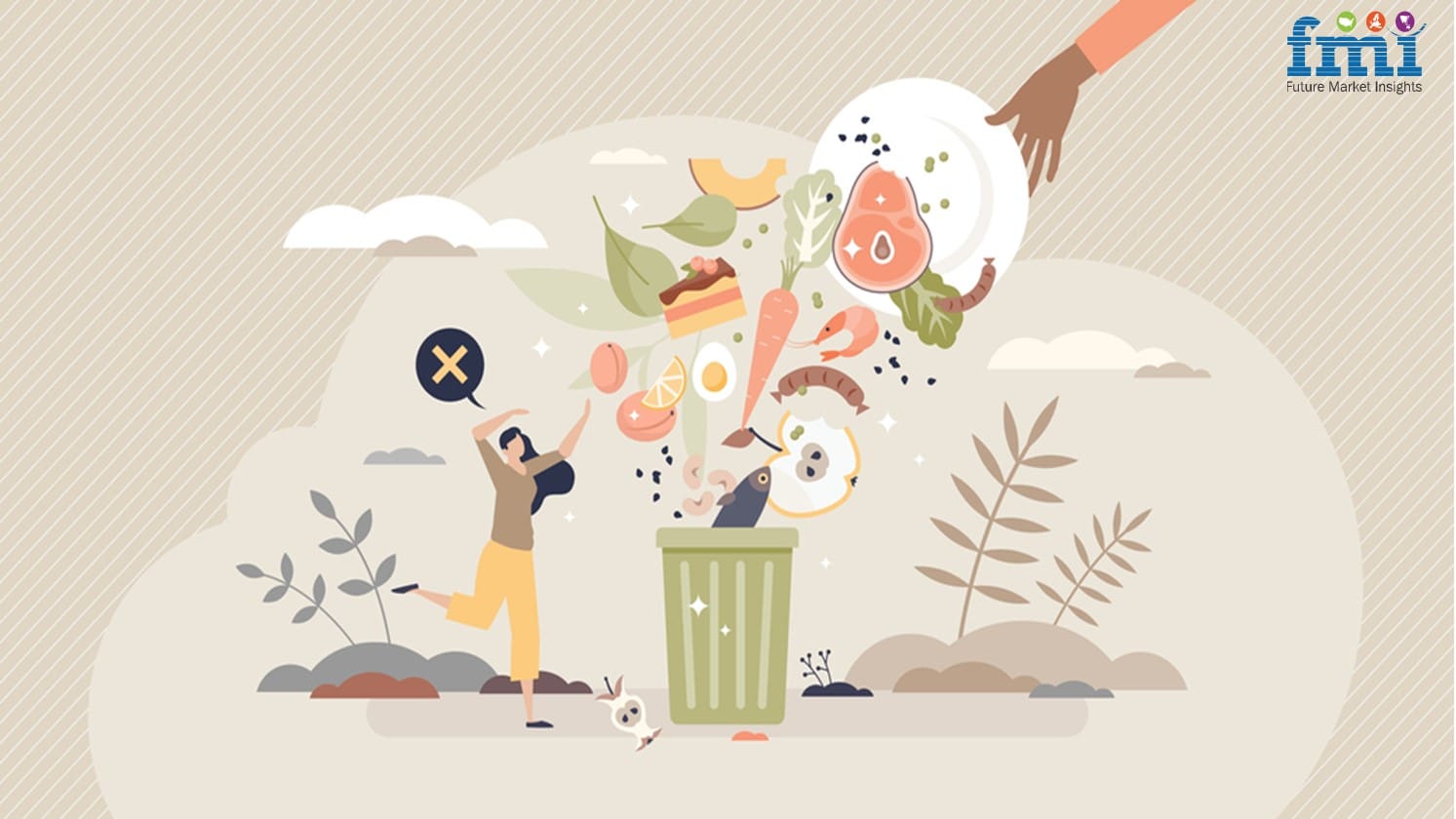
Bread, an ancient food as old as humanity itself, continues to be a staple at the table today. Its enduring success is due to its ability to evolve, adapt to the demands of increasingly knowledgeable and health-conscious consumers, and embrace the future with Industry 4.0 technologies.
Despite being an ancient art, baking continues to fully meet the needs and tastes of consumers today, offering ever-new solutions and a propensity for innovation. Evidence of this is the fact that 84.9% of Italians continue to enjoy the ritual of fresh bread and continue to buy it from the 20,000 artisan bakeries in operation, which produce about 1.5 million tons a year (source Aibi). However, Italians are buying less bread than in the past and less frequently, so much so that in 40 years, consumption has decreased by 65%, dropping to 85 grams daily per capital (source Associazione Panificatori di Confcommercio Milano).
On the other hand, sales of industrial bread have exploded, reaching over 216 tons (source NielsenIQ), while many products have continued to grow, like sandwich bread (+8.5% in volume), buns, such as hamburger buns (+8.3%) and white bread (+5%). These changes in consumption lead to a reflection: bread knows and must adapt to the new, paying maximum attention to quality and innovation, the two dictates of the market.


Bread from Origins to Table
The world of baking is vast and fascinating, with a rich history and an incredible variety of techniques, recipes, and culinary traditions. It seems that the first loaf was born by chance when prehistoric man discovered that crushed cereals mixed with water and heat produced an edible substance. This “primitive bread” was cooked directly on hot stones near the fire.
Then came the Egyptian and Mesopotamian civilizations, with more sophisticated techniques. But it was only with the discovery of yeast, probably through natural fermentation processes, that a breakthrough occurred. The use of yeast allowed for lighter and softer doughs, contributing to creating the bread as we know it and love today.
Many baking methods have ancient roots and are passed down from generation to generation. The use of natural yeast, long fermentation, fermented doughs, and artisan shaping techniques are just a few of the traditional elements still used. Many are the novelties already in place and many more await the sector.
Quality and Innovation of Raw Materials
Today’s consumers like special recipes, with unusual raw materials and flours. Consider multigrain and healthy breads. Regarding health, the demand for gluten-free options (such as rice flour and almond flour) is continuously increasing, and bakeries are trying to develop tasty and high-quality recipes to meet this demand, with more nutritious and healthy proposals that include the use of whole flours, seeds, and alternative cereals like spelt and kamut, and legume flours, among which chickpea flour has won a place in the hearts of many consumers, thanks to its ability to add variety and nutritional value.
And if for those who bring bread to the table, craftsmanship remains an indisputable cornerstone, due to the growing awareness of health and the search for healthier options, with fewer additives and refined ingredients, natural fermentation, as a guarantee of traditionality and quality, is also gaining popularity. Although it requires more time, it allows for production with a better structure and a more complex flavor. Sourdough as a lifestyle choice, therefore, highly appreciated by the most attentive consumers.
On the quality front, there is also another aspect: the shelf-life and preservability of the product, leading to two consequences: a preference for smaller formats, to be consumed without waste, and a new love for the loaf.
The long duration of bread is crucial for purchase, especially in the logic of fighting waste: consider that, according to the Waste Watcher Report, in 2022, each Italian threw away an average of 1 kg of bread. In this regard, it is interesting to mention a recent three-year research project, conducted by the Universities of Pisa and Florence, to extend the shelf-life of Tuscan bread, intervening on the characteristics of the wheat and using innovative preservation methods that allow it to last up to 40 days.

Technological Innovations
Although traditional techniques are still much appreciated and respected, the bakery sector boasts a series of interesting technological innovations that allow for accurately controlling the baking process.
Through the use of so-called smart ovens, it is possible to ensure a more precise and uniform baking of the bread. This begins with the management of temperature, which remains constant and is adjustable very accurately, ensuring uniformity. It then continues with the regulation of humidity inside the oven, fundamental for obtaining the desired crust and ensuring uniform heat distribution during baking.
Some smart ovens are equipped with advanced steam injection systems that allow controlling the quantity and distribution of steam inside the oven, preserving the internal softness of the bread. In addition, special sensors and monitoring systems allow automatically adjusting the temperature, humidity, and baking time according to the specific needs of the loaf being processed. Nothing is left to chance, therefore, not even consumption, since some solutions are designed to maximize energy efficiency, reducing energy consumption during baking.
Innovation also concerns the use of robots and automated machines for dough, shaping, and baking bread, and the implementation of systems to control fermentation and leavening, capable of monitoring and regulating temperature and humidity.
Industry 4.0 is at the doorstep in the bakery sector, it’s just a matter of letting it in.
While it’s true that machines generally used in smallmedium enterprises today are not interconnected and do not exchange data, thus lacking the ability to smartly manage operating parameters for process optimization, it’s also true that soon, thanks to the spread of the Industry 4.0 model, it will be easier to optimize processes with the use of modern and internet-connected machinery.
This, with the advantage of improving the production cycle, standardizing productions, and facilitating the work of operators. The joint use of Artificial Intelligence and the Internet of Things (IoT) will support small and medium-sized bakery industries to improve their organization and competitiveness in the market while fully respecting the environment.
Bread has come a long way, but its journey is just beginning, and those who can seize the opportunities offered by the sector will be able to explore the infinite horizons of this fascinating market.




